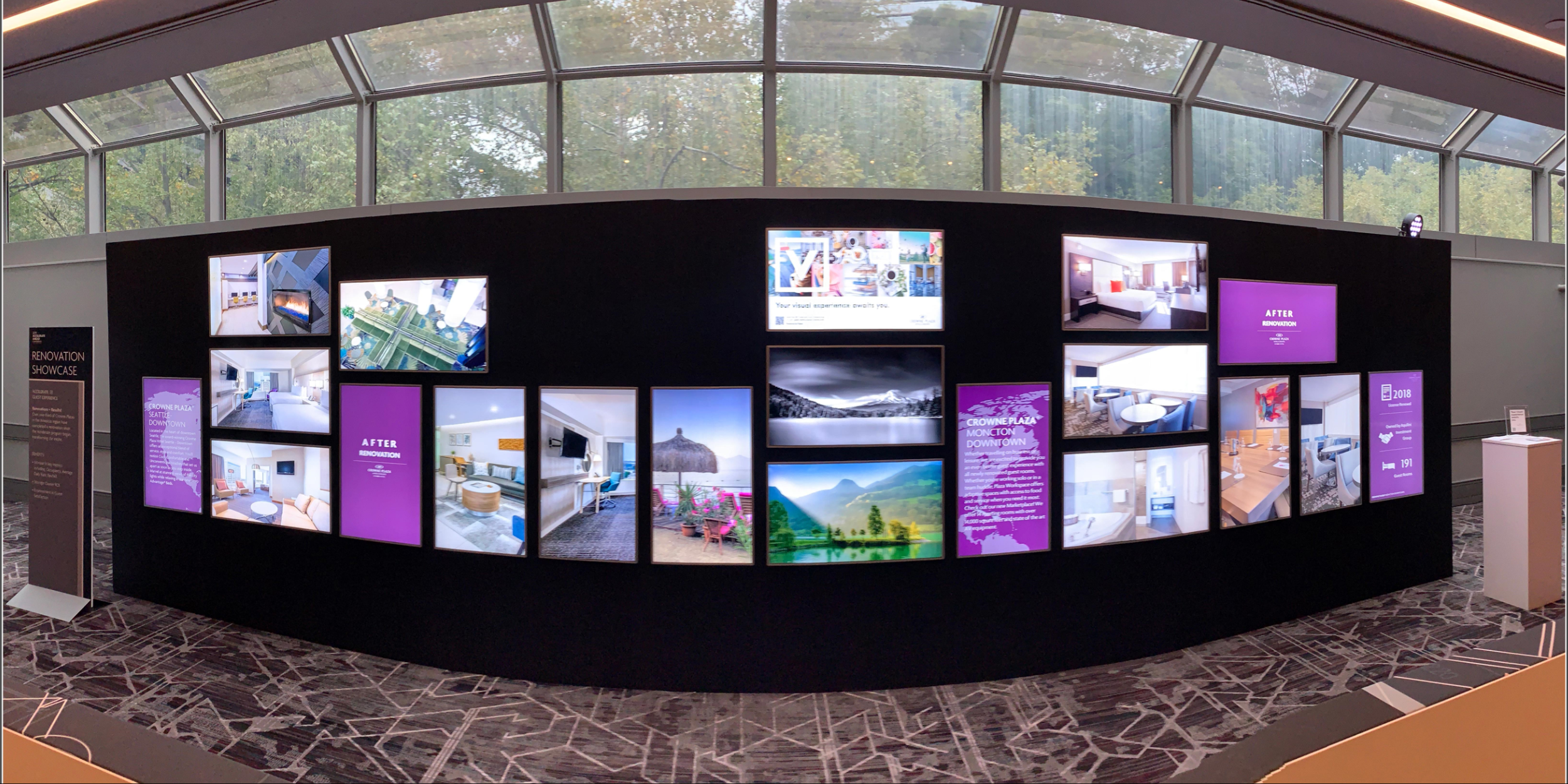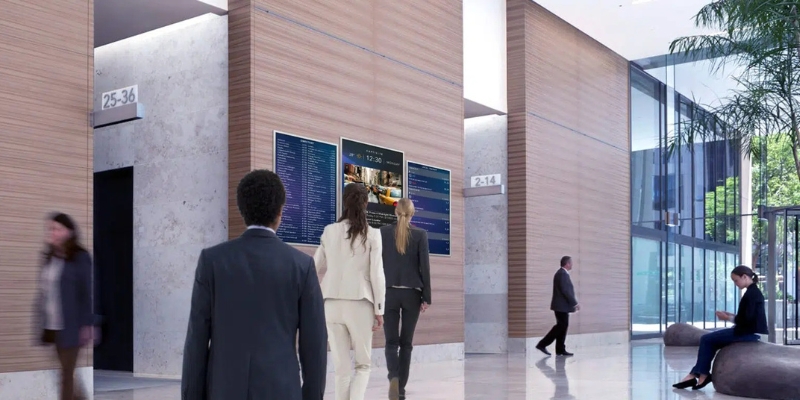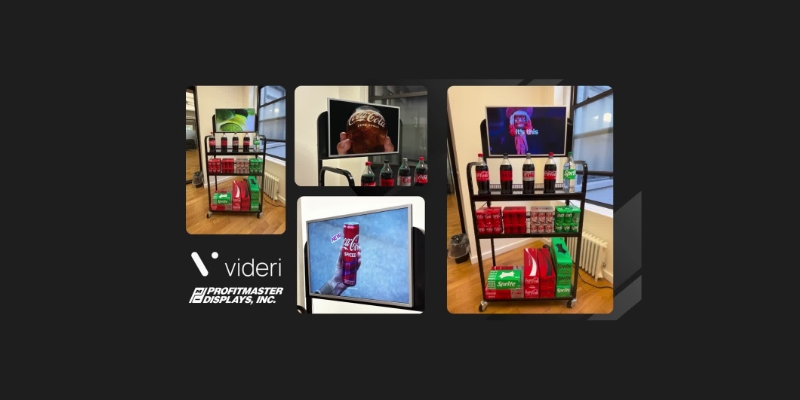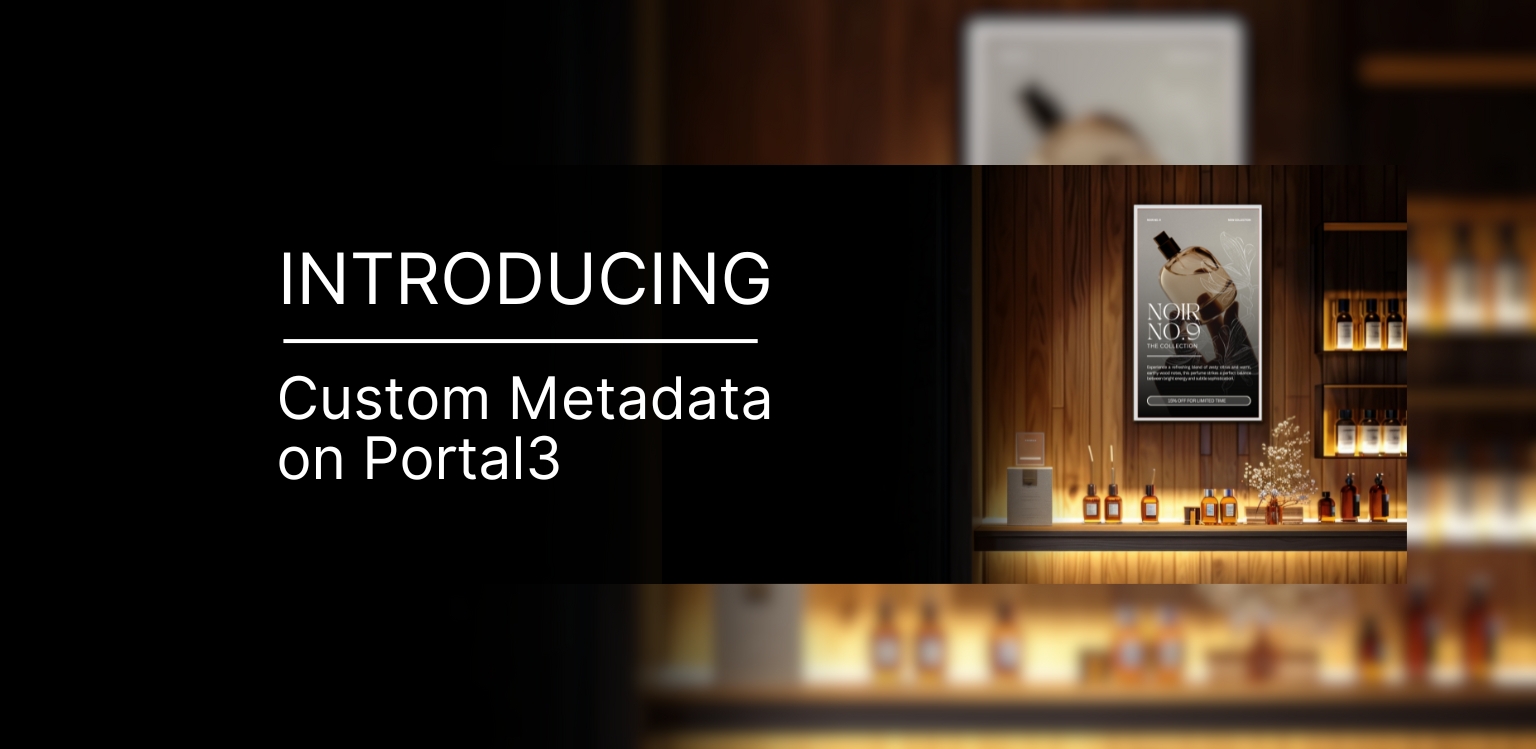There are all kinds of best practices for digital displays.
Technical. Physical. Software focused. Hardware focused. We asked our own
Videri marketing team to put their years of experience together and share a
marketer’s perspective. What determines “marketing” success for a digital display
strategy? And why?
Over the last year, Videri has been in growth mode with
global expansions, partner programming and driving awareness as we launched
Spark Series Digital Canvas and Portal 3. As we embarked on this journey with a
seasoned marketing team in place, we knew what we had to invest our time and
energy in, to help drive brand awareness and the growth of Videri. And the
results speak for themselves.
Here’s what our marketing team had to say were the 7 steps
to success with a targeted and measurable digital display program.
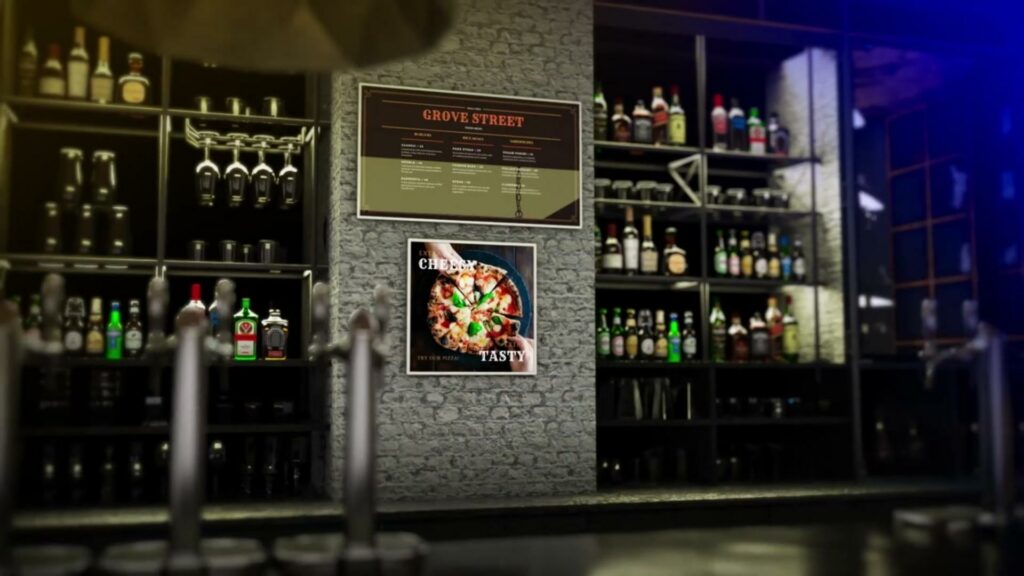
1. Define your goals before you invest.
All expenses need to be justified. Especially marketing investments where ROI is critical in deciding whether the program or campaign is worth continuing or pivoting. If you need to be nimble with your budget (like most of us!), you should set up key milestones and KPIs that you would like to achieve and measure them accordingly. If you don’t set your goals up front, how do you know if you are gaining or losing? Wait? What? A digital display program should be measurable with KPIs? – Yes.
Anyone that says you cannot measure a digital display program’s business impact is just doing it all wrong.
2. Know your target audience.
Understanding your target audience allows you to speak your customer’s language, address their pain points and establish a stronger connection with them. Knowing your target audience helps you focus your marketing efforts on the most relevant and receptive group. This saves time, effort, and resources by avoiding marketing to folks unlikely to be interested in your products or
services and instead focusing on more qualified leads. This is especially easy with digital displays that give you 4X the messaging opportunities. There’s less debating within the marketing team about what the content should be when you have such opportunity to display multiple pieces of content, test them and adjust as you go. You can’t do that with a paper poster in store!
3. Create a content strategy.
Each screen or set of screens should have its own individual strategy based on its location, function, and the demographic of people who will encounter it the most. If you know your target audience you’ve already made a huge step toward this.
Most digital displays have multiple audiences depending on geography, seasonality, demographics and more, depending on your business. Your content should be planned to align with your audience, based on the parameters you set. So, create your content strategy factoring your most impactful market influences targeted toward the largest segments of your target audience, and then regionalize or seasonalize from there. Having a digital display platform that lets you be consistent in global branding yet at the same time, hyper local is critical. Schedule accordingly. Map to key traffic periods for your local footprint and don’t forget to use data sources to trigger content. Sudden rainstorm on the coast? Trigger that umbrella promotion. Hot and sunny in the south? Trigger that sunglass campaign on those displays!
4. Use time & day targeting.
Time and day targeting is particularly useful for campaigns related to time-specific products, such as coffee in the morning, or your dinner special at the end of the day. You can also use time and day targeting to reach specific demographics or groups of users engaged in time-related activities. For example, if your target audience is students, you might serve specific content only during after-school hours. Or you might promote a quick-recipe site in the hours just before dinner.
Ever get that timely email in your inbox on a Friday towards the end of day from your local pizza place reminding you of their weekly special? Remeber how convenient that is, just as you are rushing home from work wondering what to make for dinner? Now take that marketing tactic to digital displays and promote the exact right thing, as the exact right time, at the exact right location and watch your displays drive real business impact.
5. Plan a content calendar.
Building a content calendar keeps your marketing team on track and organized. Much like a content calendar for social media, building a content calendar for your digital displays ensures you are brainstorming on content, and that your content aligns with seasonal influences and planned product updates or promotional campaigns. Keeping your content fresh and consistent ensures that you are engaging your audience and motivating them to act.
Most marketing teams struggle and debate whose message goes in which location. Brand teams always wants a consistent global brand campaign to show up everywhere. The field sales and marketing teams always want the promotion of the day to be featured. And then there’s the product marketing team who always has a new “thing” to launch – and wants that “thing” to be front and center. Planning it out in a content calendar when you have 4X the messaging ability is a smart way to stay organized, and relevant with your content.
6. Use dynamic content.
Dynamic content is any digital or online content that changes based on data, user behaviour and preferences. For digital content, this is where your time-of-day parting plays a role. Target your audience with content tailored specifically to them. Especially video content which is known to attract attention by more than 25% compared to static content.
7. Measure performance.
You set your goals outright and created a plan to measure and track performance – right? Are you reaching your milestones and KPIs? Marketing is an iterative discipline. You forecast. Track. Measure. Adjust. Don’t be scared – it’s simple – you want to drive sales! If what you displayed didn’t drive an impact at that critical moment of purchase decision, then it didn’t work. Time to reassess. Is your display in the right physical location or did you simply place it where it most easily fit? Was it a beautiful piece of content that should have engaged, but was targeted at the wrong stage of the marketing funnel? Most times tweaks are needed to perfect the alignment of content to your audience. The more data you have, the better your campaigns will be. Keep tracking!
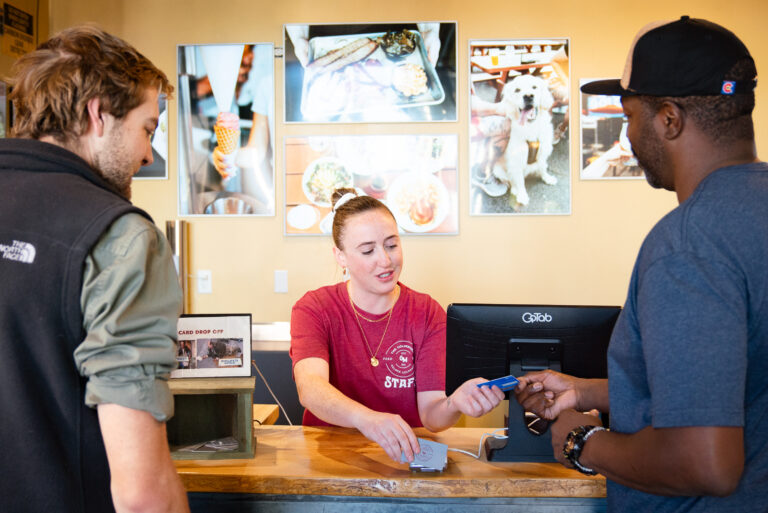
Thinking about content for a digital display program in a multi-dimensional way is just smart marketing. Brand campaigns stop traffic and inspire people to feel emotionally connected to your brand. Product content gives your prospect reasons to believe that you are for them. And promotional offers drive that urgency to act now. All three levels of marketing messaging can work together much like the classic marketing funnel to attract and inspire; create interest and consideration; but also drive purchase intent with great sense of urgency. Use your digital display fleet like your own marketing funnel and you’ll deliver on a content strategy that ticks all the boxes and delivers results.
Your investment in digital displays is important to your bottom line. You need optimal performance to realize ROI quickly and consistently. We’ve all seen the dark display, the old content, the static boring images, or that beautiful LED wall that stops traffic but never drives action from that traffic! If your content is not “speaking” to your audience, your investment is not getting the return it should. No display is worth the investment, if the content does not speak to, and motivate your target audience. It’s that simple.
Talk to our team today about how Videri solves for the traditional limitations that come with digital display solutions and lets marketers move beyond the flashing neon sign to driving real business impact with digital.
